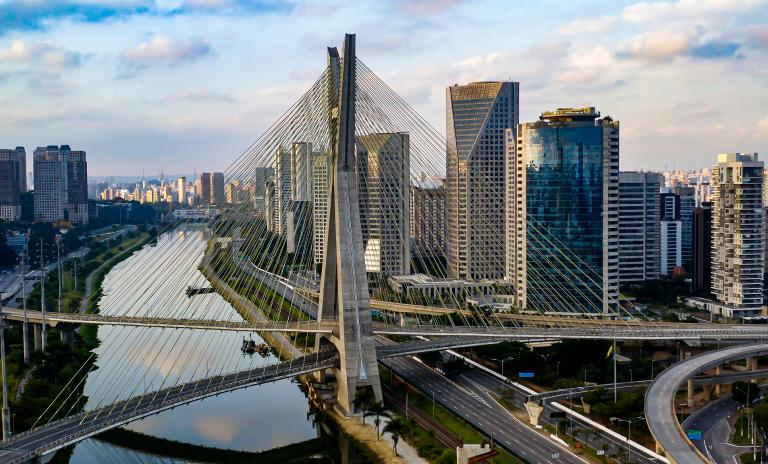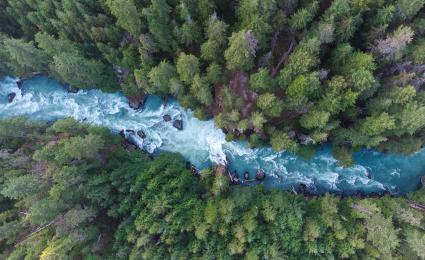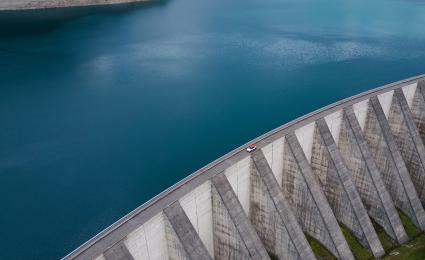Roland Berger’s Global Water Team analyzed key trends for the water sector M&A market and provides an outlook for what to expect in 2025.
Liquid opportunity: Brazil's $550 billion water infrastructure market
![{[downloads[language].preview]}](https://www.rolandberger.com/publications/publication_image/25_2285_WEB_COP30-opportunities-in-Brazil_Cover-(1)_download_preview.png)
Comprehensive analysis of Brazil's water sector transformation. Explore regulatory changes, market dynamics, and infrastructure requirements through 2033.
















